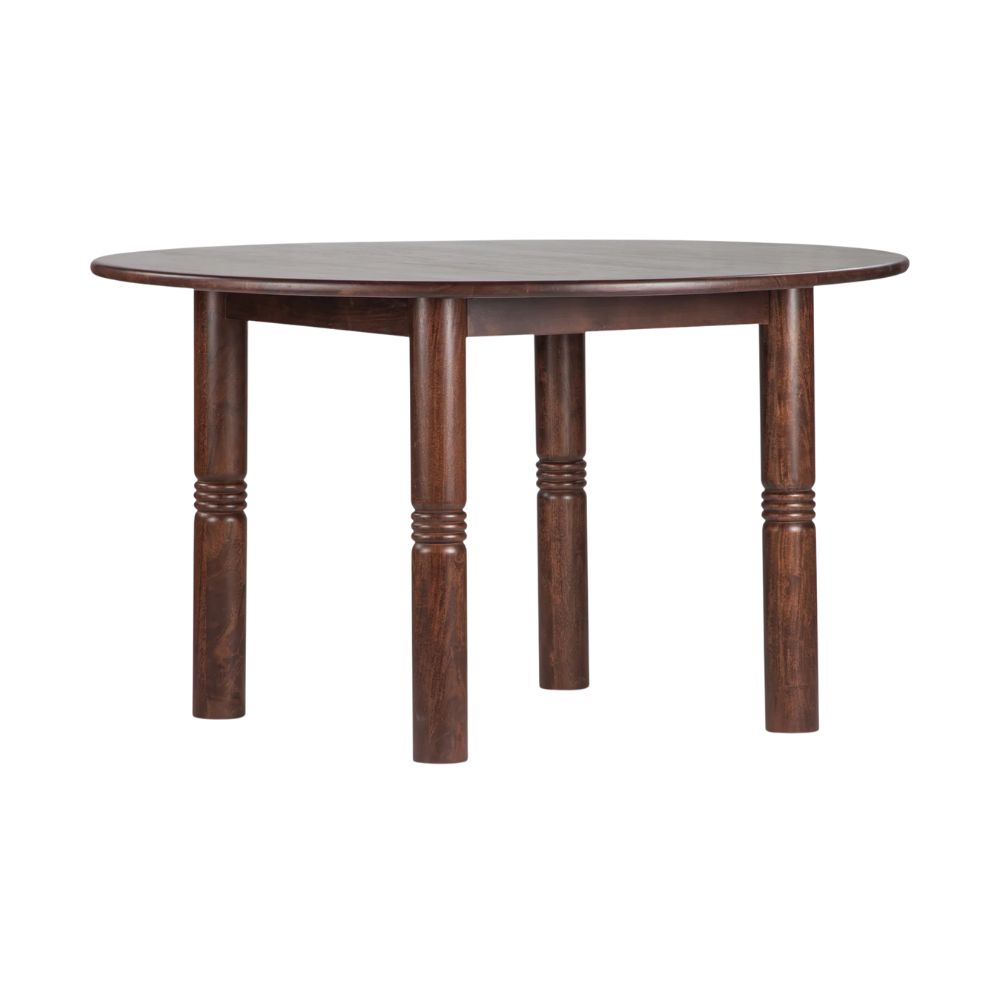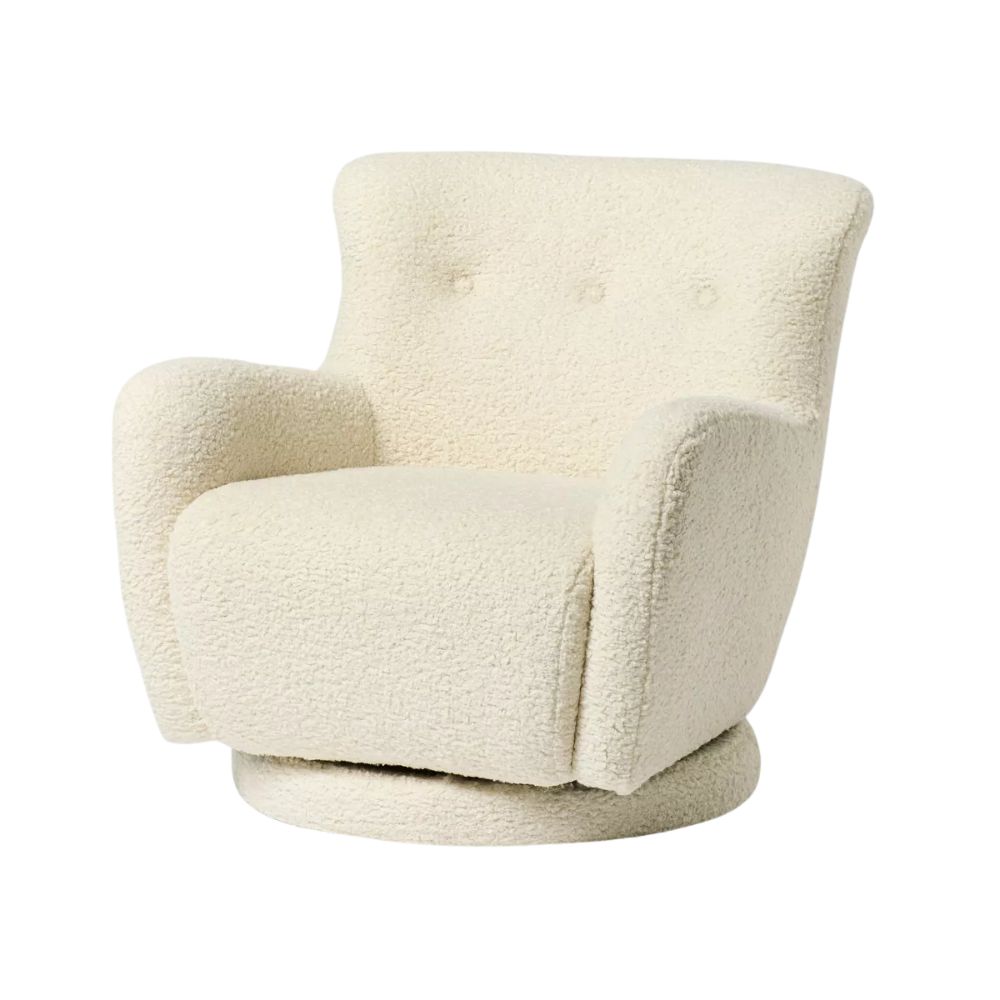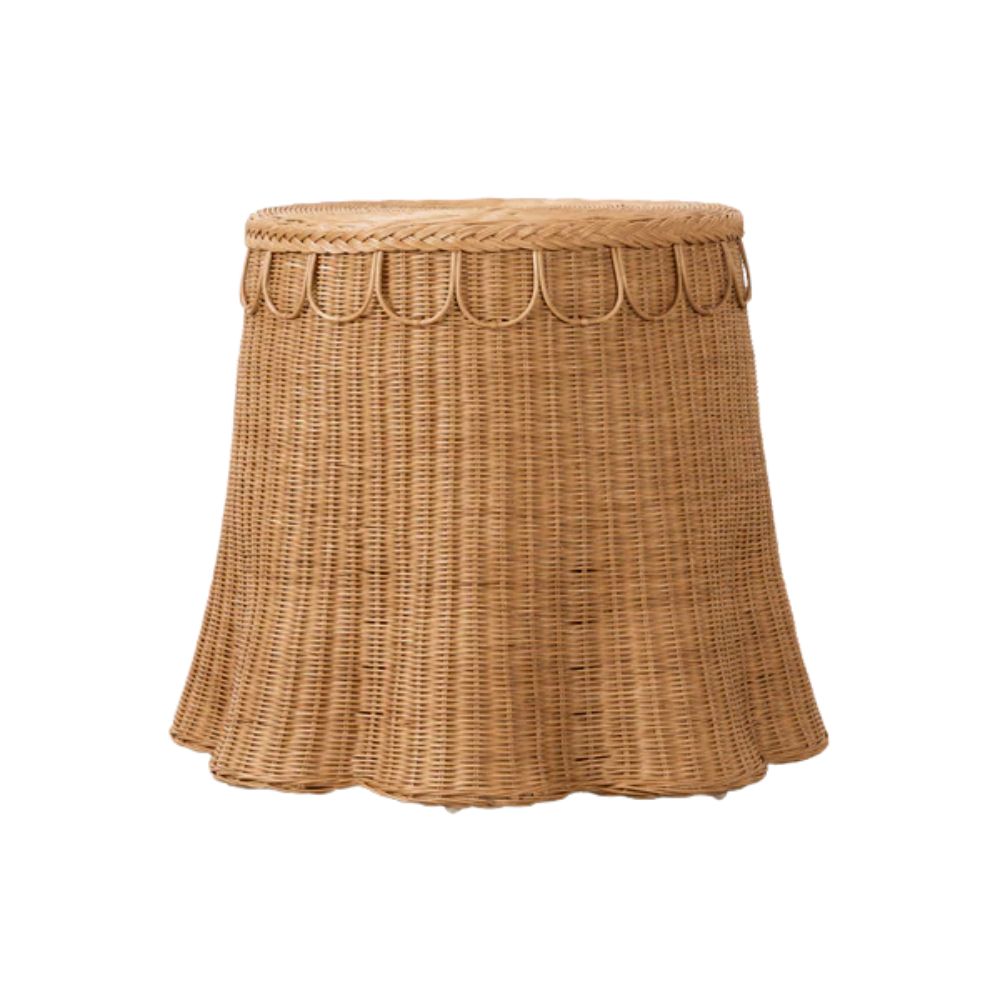I'm letting you in on a designer's best-kept secret to creating a stylish, layered home – here's why it is time to 'think outside the matching set'
Forget the matching sets – here’s why mismatched furniture is the key to timeless style

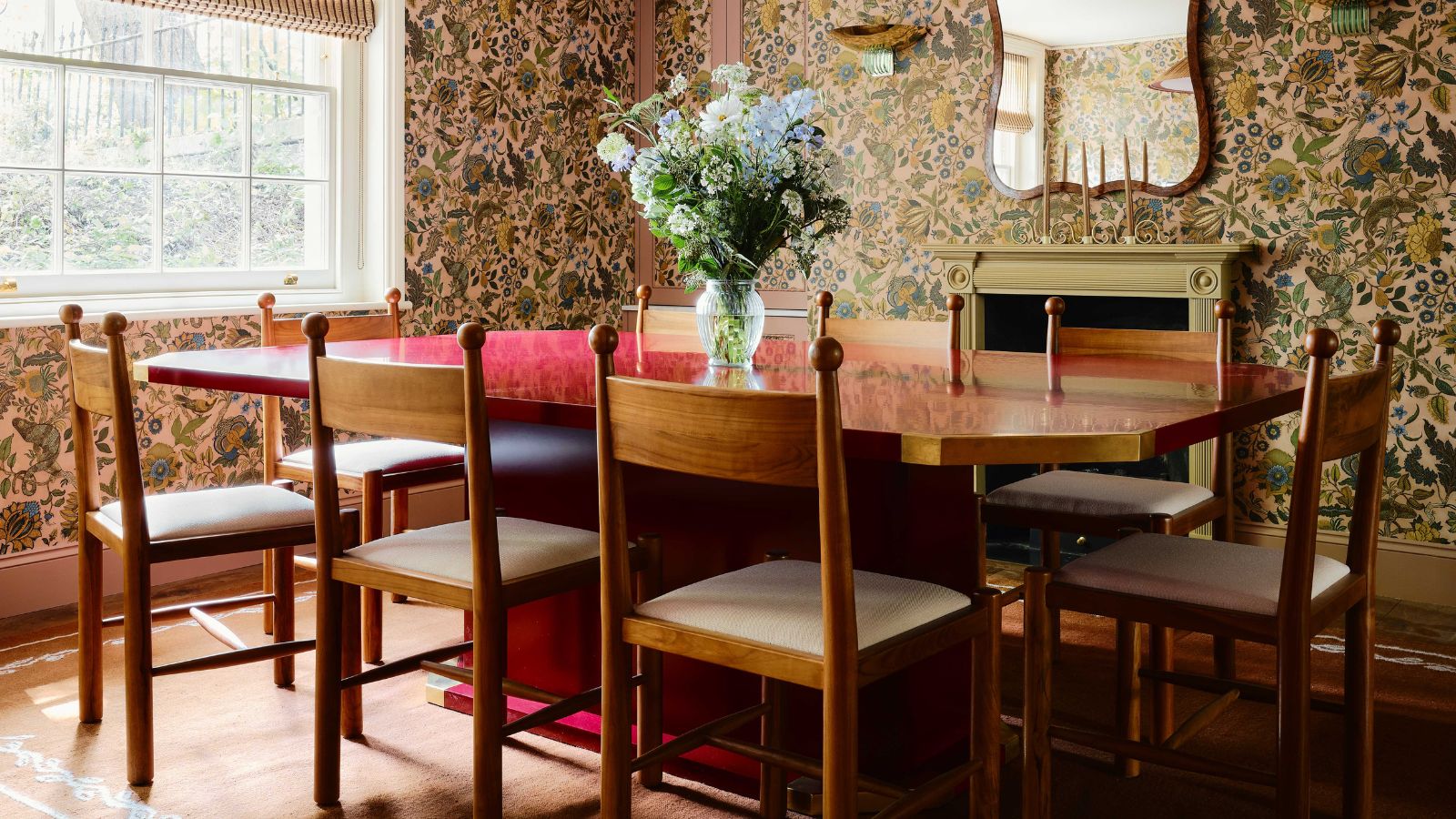
When I started decorating my first home, fresh out of college, I thought buying furniture sets was the smartest move – adult, easy, and instantly “finished”. But there was something so personality-less and showroom-like about it that it left my space feeling flat – and looking like everyone else's.
At the top of every 'outdated furniture trends' list, matching furniture sets are one of the quickest ways to make a home look dated in 2025. But now that we've got confirmation they're truly out, how do you go about fixing that?
Spaces that feel collected are always the most inviting. Mixing furniture styles, eras, and furniture trends makes a home feel more authentic, and as if it were guided by the most expert design eye. It turns out that designers consider mismatched furniture one of their best-kept styling secrets, and now you're in on it too.
Is mismatched furniture the key to a design-led home?
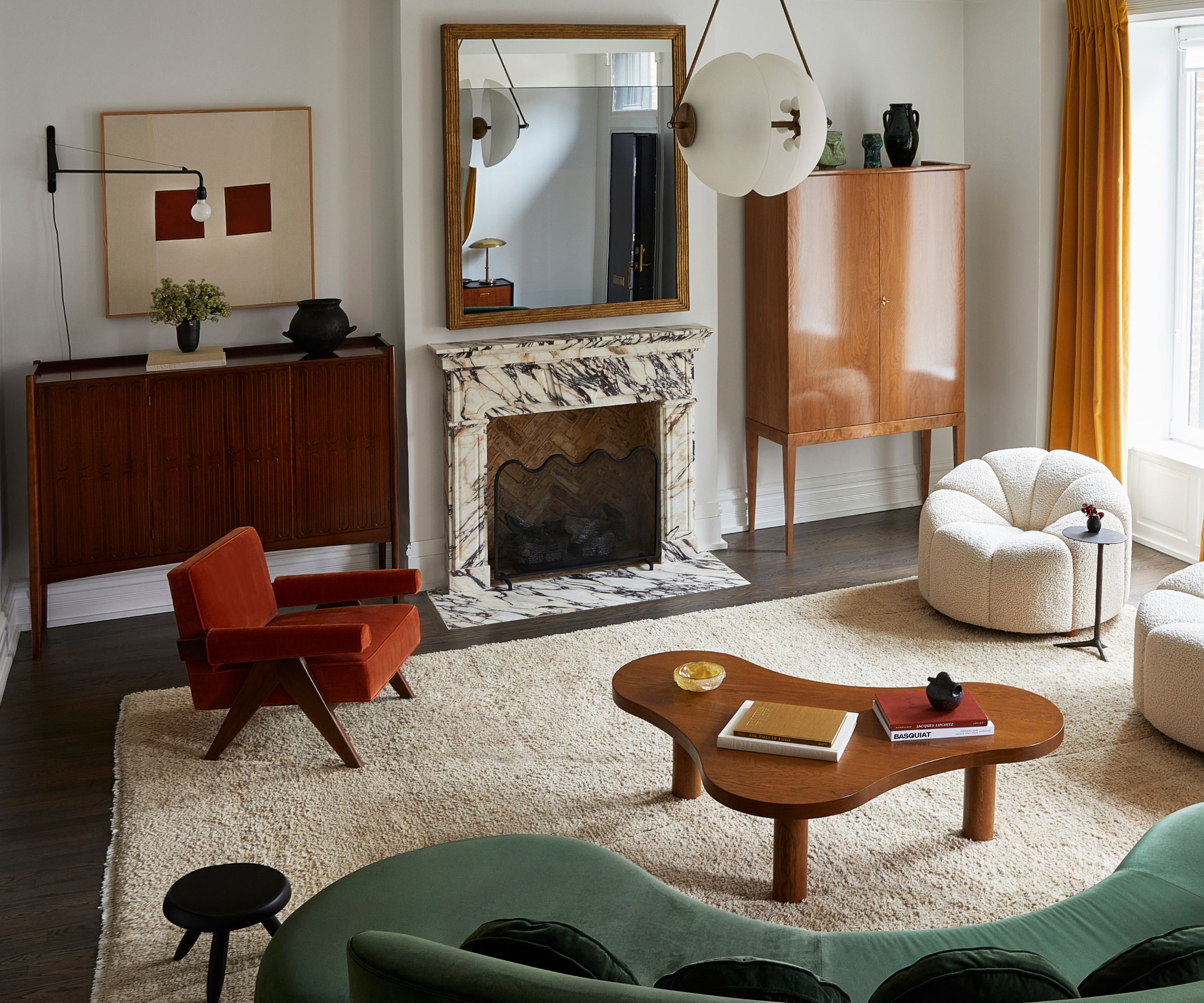
Mismatched furniture, when chosen thoughtfully, makes a room feel layered, personal, and curated rather than brought straight from the store to your door.
'Think outside the set,' advises Jennifer Walters of Folding Chair Design Co. 'Back in the day, you walked into a furniture store and bought the whole bedroom furniture set off the shop floor, and you may have had six pieces that all looked the same. Those days are long gone. When you walk into a room, you want to see every piece for what it is.'
'Unlike high-street trends that impose uniformity, creating a home with mismatched pieces adds depth and individuality,' explains Tom Rutt, director of Tom Rutt Studio. 'Characterful spaces tell a story and show off your personality. Your furniture and accessories can transform a house into a home, with heirloom-worthy pieces that carry the family story forward for generations.'
This isn’t about breaking interior design rules; instead, designers are rewriting them to create a stylish home that feels like you.
Design expertise in your inbox – from inspiring decorating ideas and beautiful celebrity homes to practical gardening advice and shopping round-ups.

'A well-designed space tells a story, and that story becomes much more interesting when the pieces aren’t all perfectly matching,' agrees renowned designer Marie Flanigan. 'When a sofa contrasts with the style of the armchairs or other soft finishes, it creates layers of texture and personality that make a room feel thoughtfully curated. Mixing different furniture styles adds depth and gives the impression that the room has evolved over time, rather than being assembled all at once.'
'This collected-over-time approach allows each piece to shine individually while contributing to the harmony of the overall design. It’s this balance of contrast and cohesion that brings a truly elevated, timeless look to your home,' she adds.
Whether it's a brand new piece, a family hand-me-down, or a mid-century chair found at the flea, by mixing pieces from different eras, styles, or sources, you create a home that sparks both curiosity and conversation.
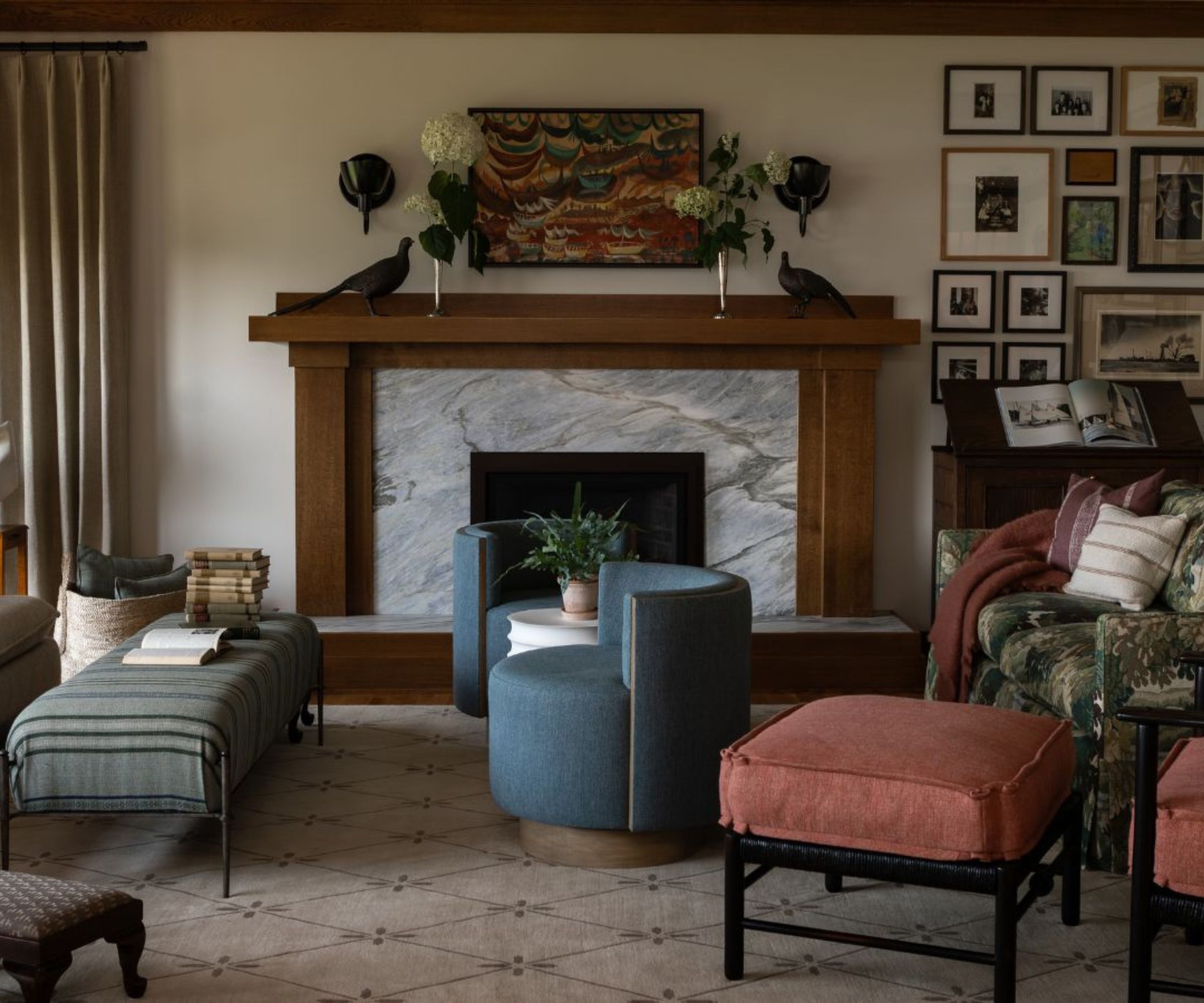
'Furniture suites tend to create forgettable experiences in a home; therefore, I love selecting items that are conversation starters,' agrees Kelly Zerbini, principal at Dunnam Zerbini Design. 'There is no greater joy than when my client receives questions and praises about their unique pieces of furniture.'
'I have long been a proponent of strategic and intentional mixing and matching when it comes to furniture,' says interior designer Kathy Kuo. 'There's a myth that 'mismatched' means haphazard or random; that is so not the case! I think of mismatched simply as a mixture of colors and styles that also still complement one another. There's so much creativity and beauty in combining different motifs in a way that feels authentic and joyful,' she adds.
Designers today are shifting away from matching sets in favor of a little mix and match. But there is certainly an art to getting that blend perfect. While the idea of mismatching can feel liberating, a few guidelines will make the process easier – as shared by the experts below.
How to mismatch furniture like an expert
1. Start with one unifying element
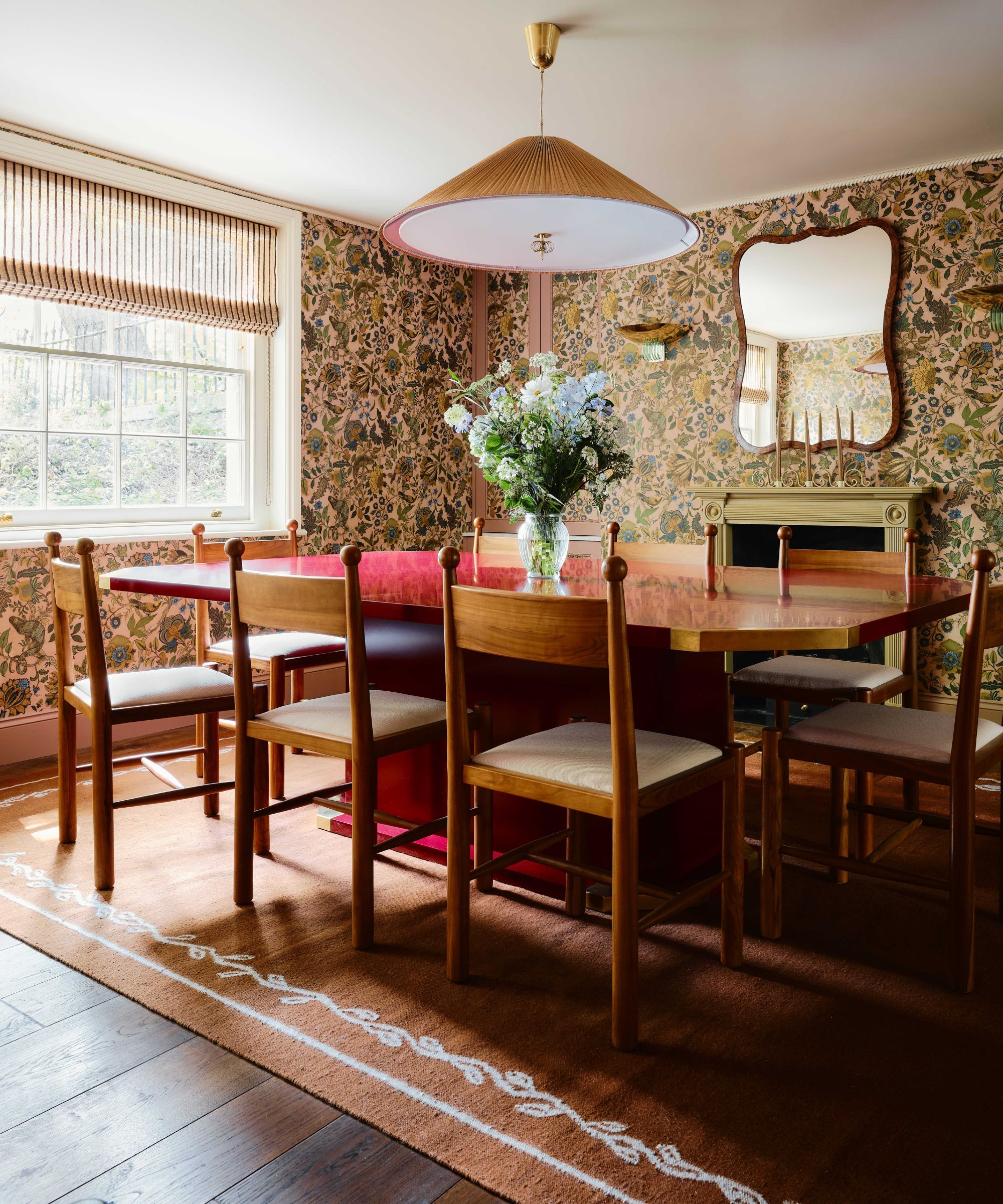
Of course, mismatching doesn’t mean anything goes. The key is to balance contrast with cohesion, finding small threads that tie different pieces together, as seen in the red thread theory.
'When done thoughtfully, mixing finishes, or upholstery adds visual interest and makes the room feel collected. That said, it doesn’t work for every space,' advises Kailee Blalock from House of Hive Design Co. 'If you want to try the mismatched approach, start with a unifying element, like keeping all the chairs in a dining room in the same material or color family, to ground the look while still giving it that curated, eclectic vibe.'
'Mixing furniture is a huge opportunity to show your personality and create a really special, cool space,' adds Emily Henderson. 'Feel free to mix and match styles, but make sure that there’s a cohesive and decided color palette as well as picking similar materials,' she suggests.
2. Create a balance with vintage and new

One of the most effective ways to lean into mismatching is with a transitional design blend of old and new.
'We love to mix vintage pieces in with newer production and play with the scale of things,' adds Jennifer. 'Mismatched lamps, sofas in differing fabrics or shapes, and smaller accent chairs with larger upholstery items are just a few ways to accomplish this curated look. Pattern mixing, multiple finishes, and of course, scale and style of furniture, is what makes every home unique.'
If you're looking to achieve this blend, there are plenty of thrift store finds that will transform your living room or thrift store finds to add to your bedroom that can be mixed in with newer, trend-led pieces to help them shine - and you can also consult our handy list of furniture to always thrift, according to designers.
3. Mix color and pattern wisely
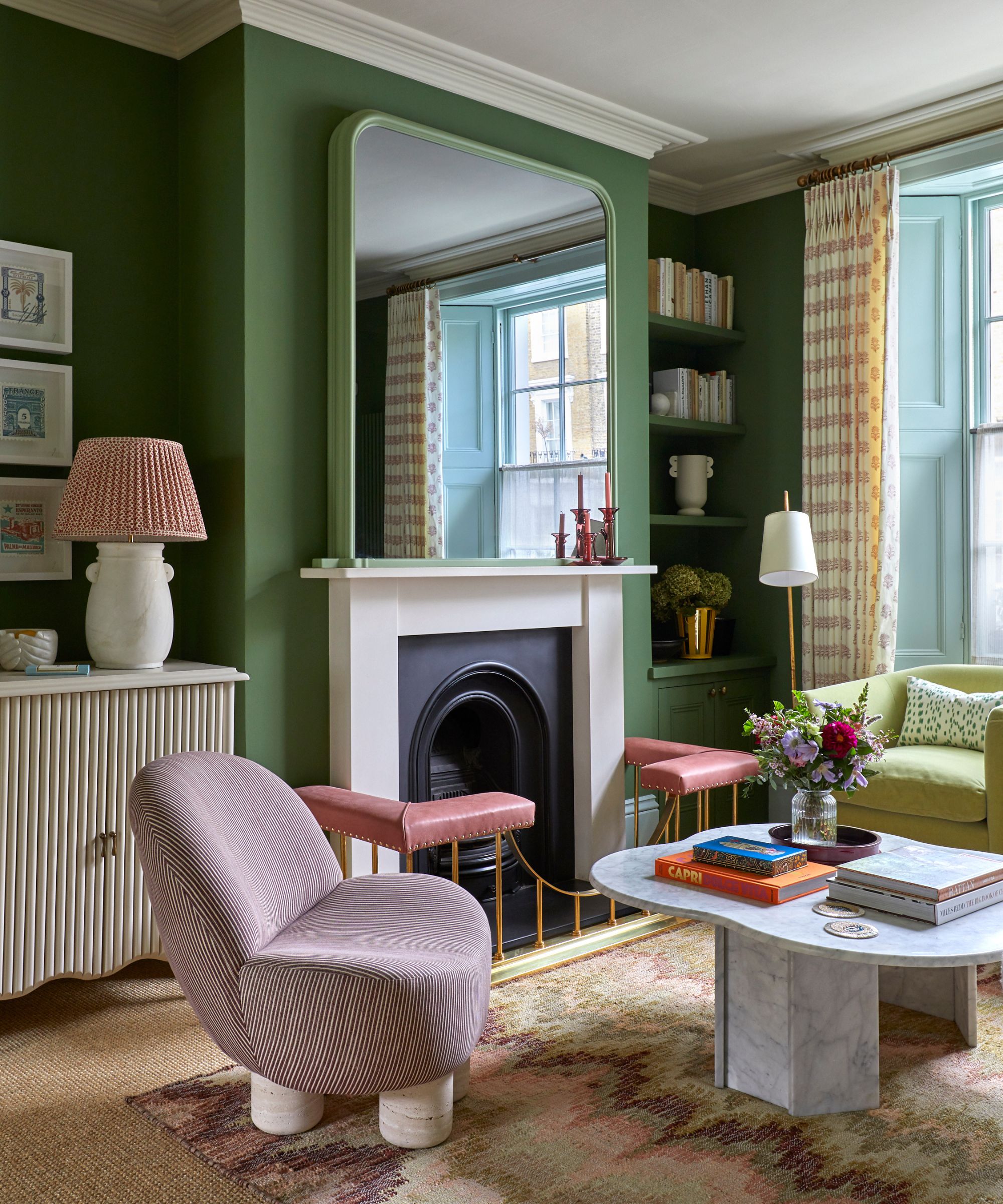
As both Kailee and Emily advised, a unifying color scheme is often what anchors this eclectic look – and prevents it from tipping into chaos.
'As a design studio, we very much adhere to the idea of having a home filled with a collection of pieces, rather than sets. As a rule of thumb, when we mix eras and styles of furniture, we think about connectivity through color,' says Gabriela Gargano, principal at Grisoro Studio. 'By using a cohesive palette, it allows the room to flow and yet have the pieces be unique and unexpected through the diversity of shape, style, or material.'
Start with a clear color palette. It doesn’t have to be restrictive, but a common thread of tone or material will help ground the look, and then you can play with more unexpected color combinations, like adding some unexpected red or chrome, with your smaller accents.
4. Choose different finishes and textures
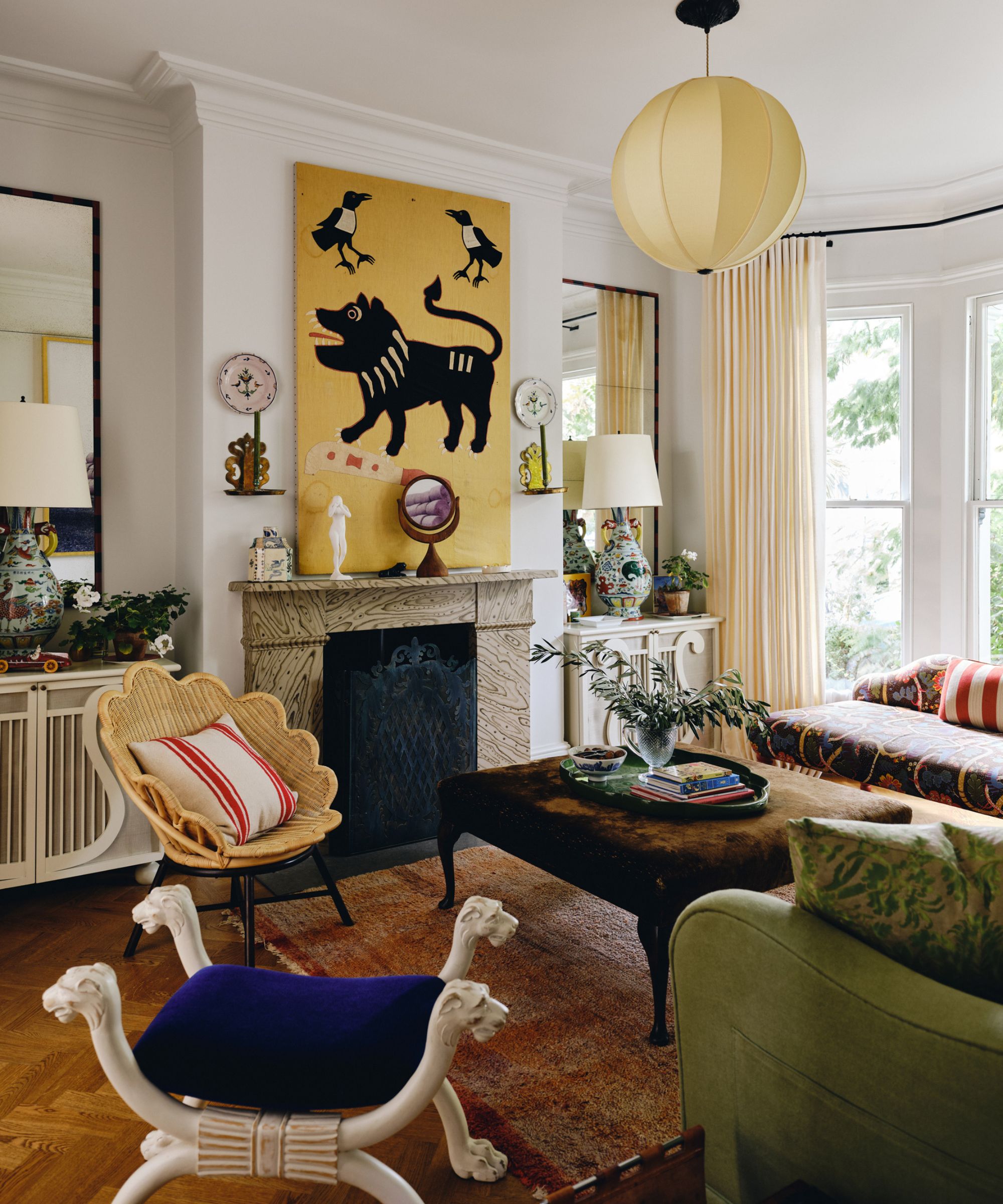
Paying attention to details, like the hardware, the legs, or the tone of different wood or stone finishes, helps ensure that even if your pieces don’t “match,” they still speak the same language.
'I rarely buy a furniture set, as I prefer to put together pieces from various makers and periods to make a space feel more nuanced and interesting, and less copy-paste from the floor of a showroom,' says Rachel Sherman, principal at Rachel Sloane Interiors. 'Typically, I like to mix up textures for the pieces so nothing feels too closely related.'
And this rule applies to every room of your home. If you're thinking, but surely bedside tables should match? The answer is: they don't have to, but 'if in a bedroom, the nightstands are wood, perhaps the dresser is a painted finish, or linen-wrapped, or has a fluting or inlay detail on the front.'
'I also like to make sure the legs of the pieces aren't too similar, so that each piece feels distinct,' she adds. 'I also pay close attention to the hardware to ensure they complement one another both in the finish as well as the style.'
5. Don't forget to play with scale
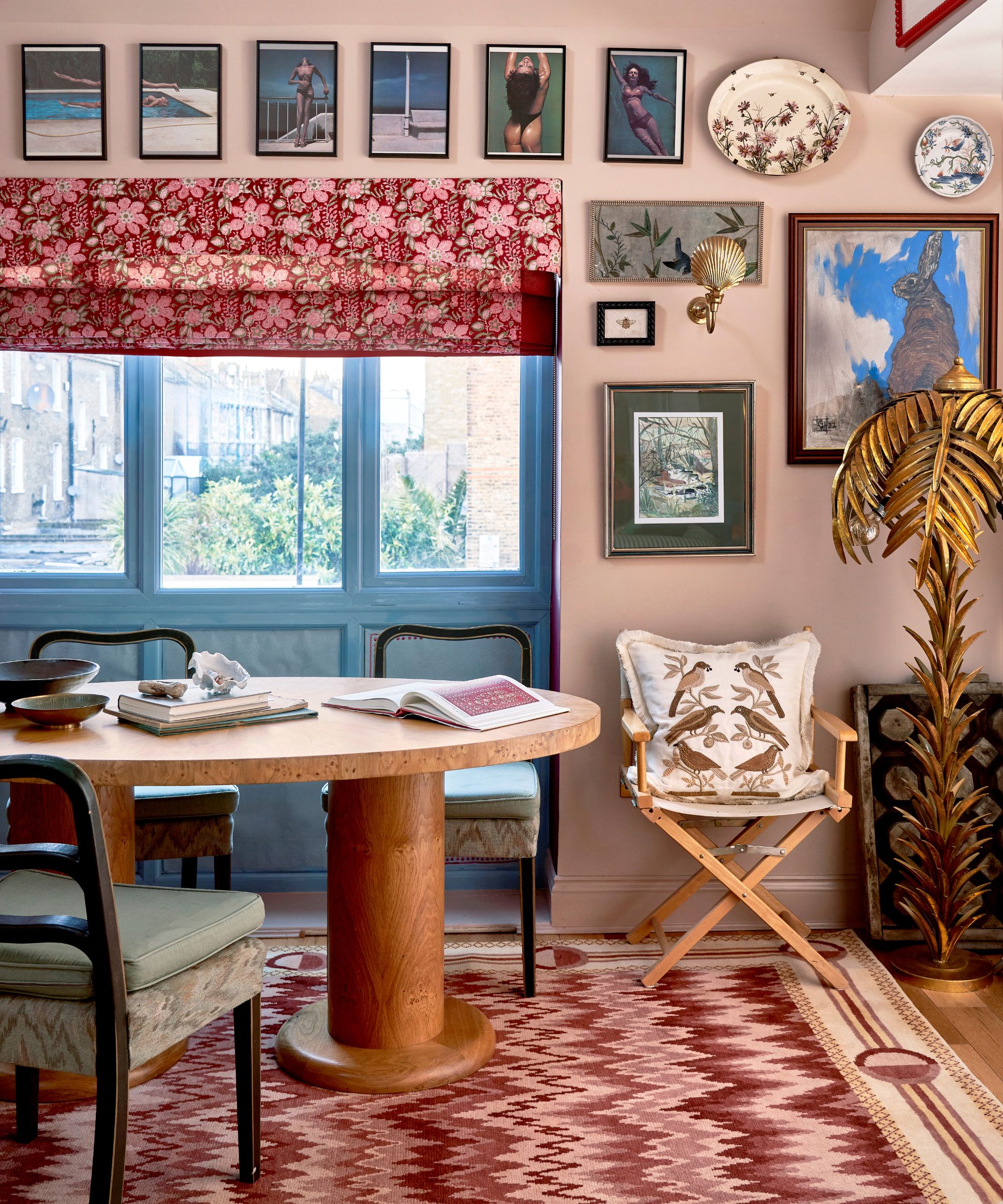
And scale matters, too. For example, a dainty vintage chair can be charming, but not if it feels dwarfed by an oversized dining table, as Gabriela Gargano explains below.
'One important thing to check for is scale and height, as standards vary greatly between periods and countries. As an example, mid-century furnishings tend to lean towards the petite and lower side (meaning seat heights of 14-16" versus a more typical 17-18"), and the same applies to table heights.'
'By checking the dimensions of each piece, you can ensure that none of the furnishings feels odd due to scale or height,' she continues.
Kelly Zerbini agrees, adding: 'Clients are often caught by surprise when viewing antiques in person, because often, the frame is smaller and the seat lower than they had anticipated. It is very important to slow down your process, look at dimensions, and ensure the scale of the chair isn't going to be too diminutive within its setting.
'The dining table and dining chair relationship is a favorite of mine. I often think of the table and chair as composing an outfit,' says Kelly. 'The table and chair should complement each other in a way that creates a polished look without being too expected – materiality, scale, and the concept of openness are all key factors in selecting your mismatched pieces'.
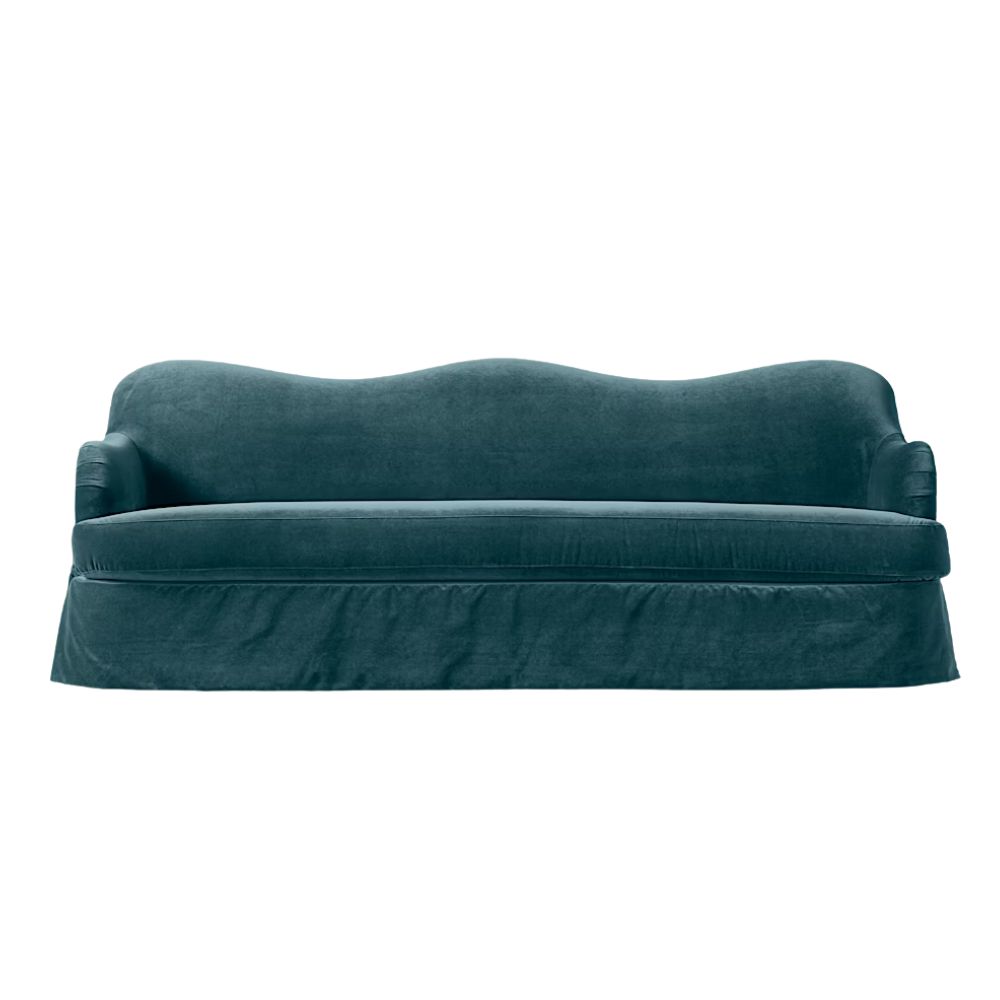
Found in the Joon Loloi fall collection, the newly dropped Rosamund couch is a made-to-order scene stealer that boasts a charming wave shape, skirted bottom, and a vast choice of rich colors to play with.
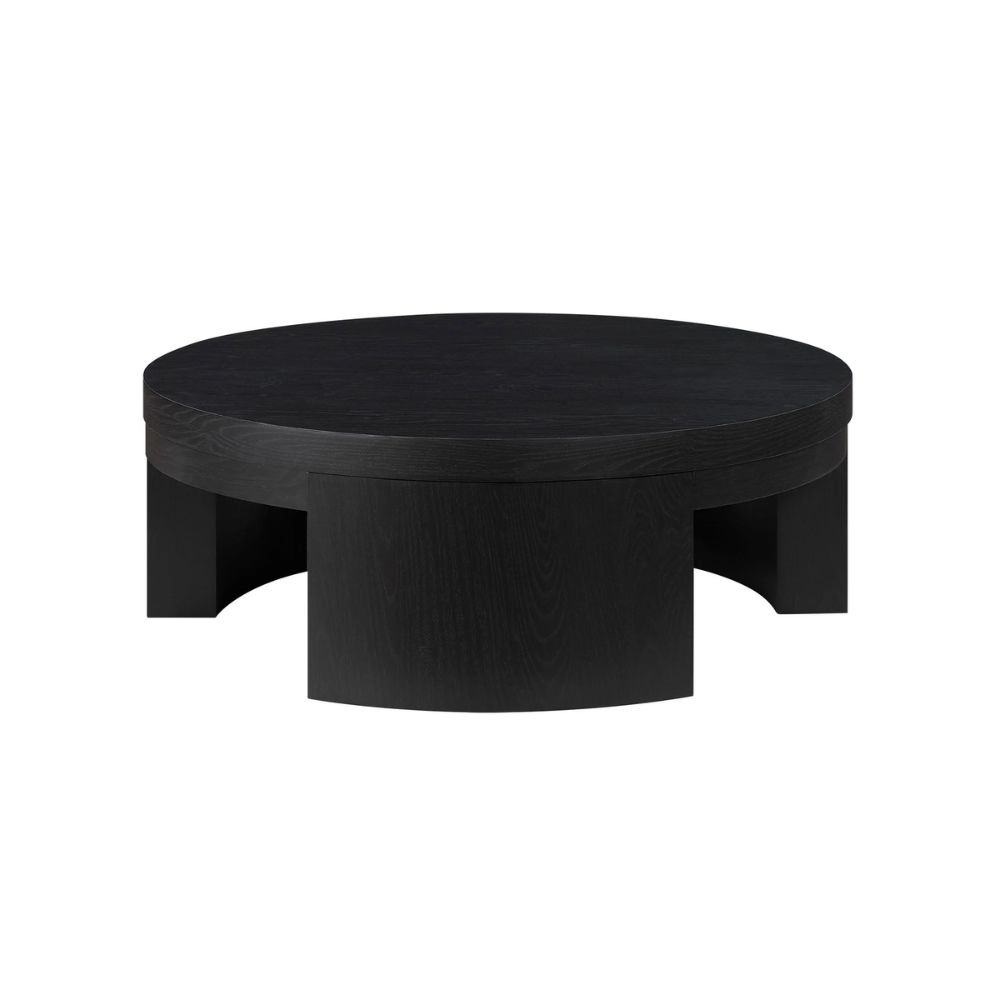
Using an accent piece, like this sleek coffee table, as a foil against more neutral or classic furniture can create instant tension and interest. Designed by Drew Barrymore, it has been made from a smooth laminate in a chunky drum-style shape to create dimension.
After experimenting with mixing and matching in my own home, I can confidently say I’ll never go back to full sets. There’s something deeply satisfying about walking into a room that feels layered and personal, where every piece has a role to play but nothing feels too perfect.
Plus, I love that each item has a story. That table bought from Facebook that the seller called her 'happy table', vintage Danish pine chairs sourced from an antique fair, or the butcher's block that used to sit in my Grandmother's home.
Mismatched furniture gives your home its own flavor, as no two pairings will look quite the same. And in turn, it unlocks a much more creative way of decorating your home.

Charlotte is the style and trends editor at Homes and Gardens and has been with the team since Christmas 2023. Following a 5 year career in Fashion, she has worked at many women's glossy magazines including Grazia, Stylist, and Hello!, and as Interiors Editor for British heritage department store Liberty. Her role at H&G fuses her love of style with her passion for interior design, and she is currently undergoing her second home renovation - you can follow her journey over on @olbyhome

